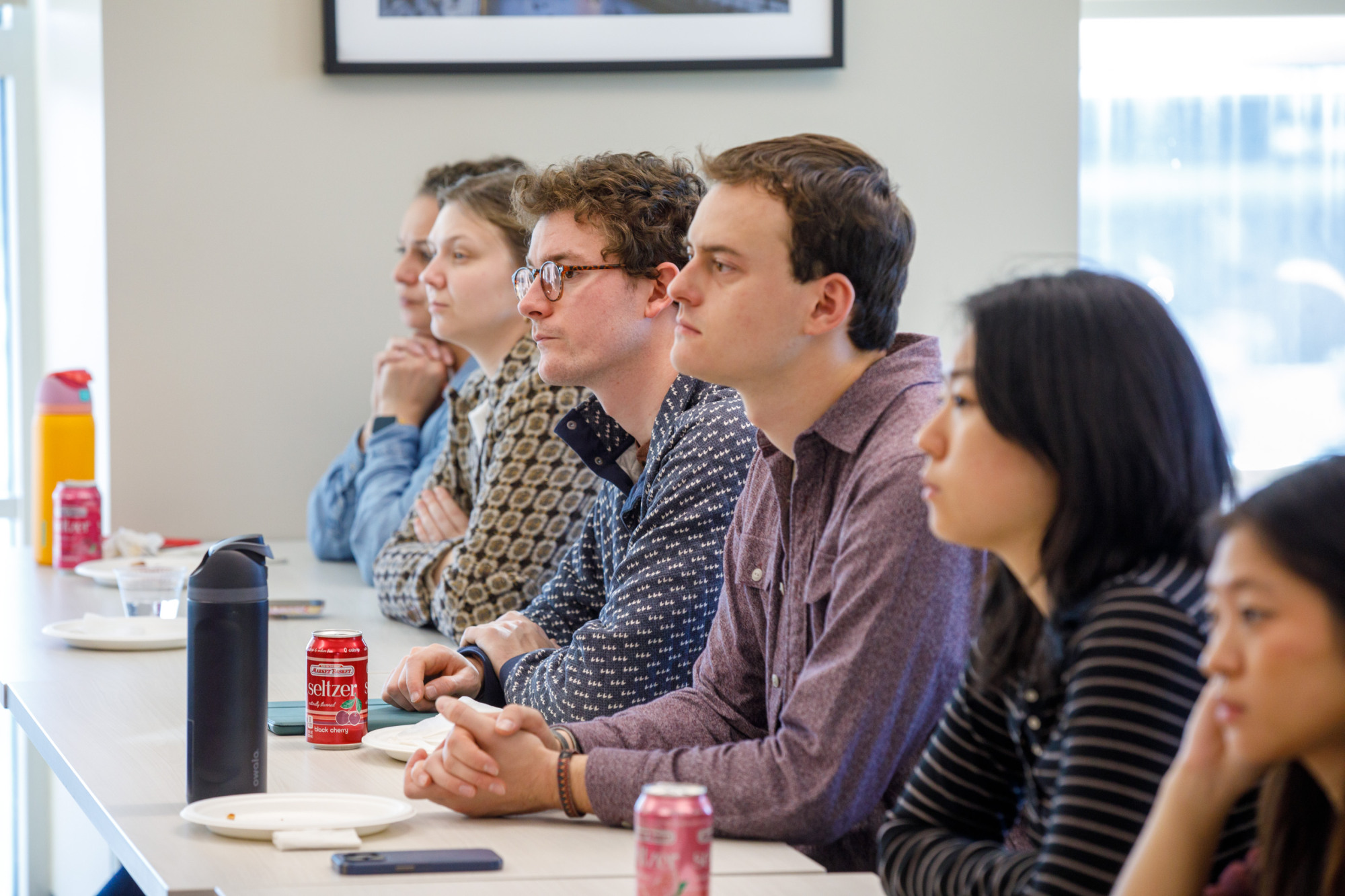The United States has left the World Health Organization (WHO) for the second time in five years. To discuss the WHO, and our withdrawal from the international health agency, Professor Craig Spencer M.D., MPH welcomed Gabriella Stern for the latest in his Public Health in Practice Seminar Series, Health Communication as Essential Infrastructure for Global Health. Stern, former director of communications for the WHO, discussed the challenges of health communications during the height of the pandemic and possible paths forward for global health.
Stern served at the WHO during the COVID-19 pandemic, the most consequential time in public health communications in living memory. Previously director of media and external relations at the Bill and Melinda Gates Foundation, she also spent nearly 25 years at the Wall Street Journal as a reporter and editor in the U.S., Europe and Asia. Stern recently retired from her post at the WHO after nearly seven years of leading the organization’s global communications strategy.
“If you want to know why I have gray hair—well, six and a half years at WHO will do that to you,” she told the faculty, staff and students who crowded the 9th floor of the School of Public Health for the November 18 event. “When you’re in any major institution, or representing a global leader—and I was doing both—you become a target. Sometimes you deserve it, because you’ve made a mistake. Other times, you’re simply a convenient political target for people whose agendas benefit from attacking you.”
Stern explained that health communications at the WHO focused on three strategic goals: promoting healthy behaviors, such as diet, exercise and openness to vaccines; influencing policy in a way that expands medical access for vulnerable populations and encourages greater investment in national health systems; and building trust in institutions.
COVID-19 and the fight against disinformation
On January 1, 2020, the pandemic forced this relatively standard slate of communications priorities to a screeching halt. While Stern and her team were working around the clock to convey what they knew about COVID and how people could protect themselves—an enormous challenge given how much ambiguity surrounded COVID and how quickly new information about the disease was emerging—geopolitical accusations and disinformation made their jobs exponentially harder.
Stern noted that some groups, leaning on long-held conspiracy theories of new-world orders and one-world governments, were accusing the WHO of plotting to seize peoples’ rights and even undermine national sovereignty. But this was “simply not possible, as the WHO Secretariat works for its member states,” she said. “The organization cannot, and never has, locked down a society. It cannot enter a country without being invited, let alone compel governments to take specific actions. It also has no authority to mandate vaccines; it can only offer recommendations.”
 the U.S. is my country. It was painful on that level too.”
the U.S. is my country. It was painful on that level too.”